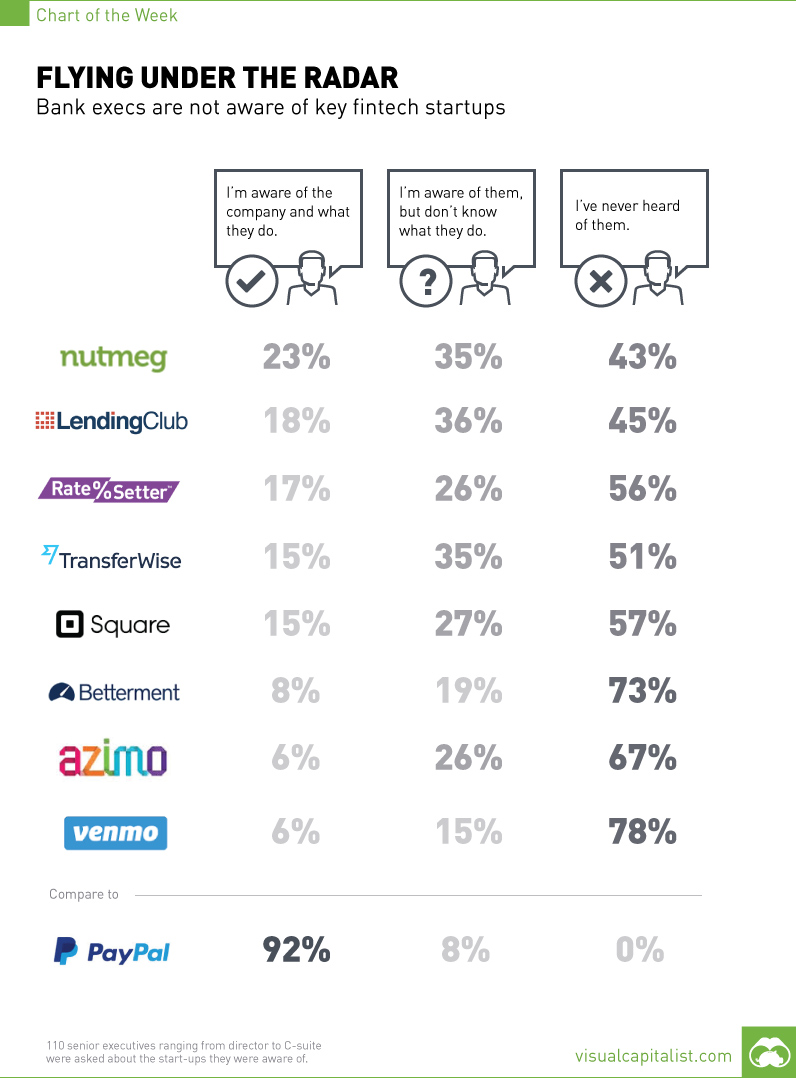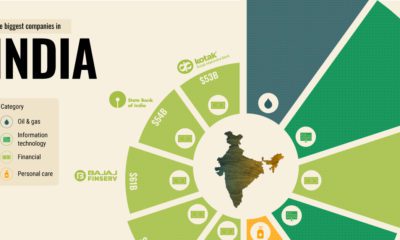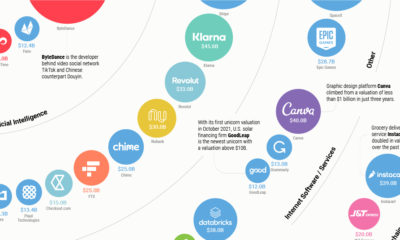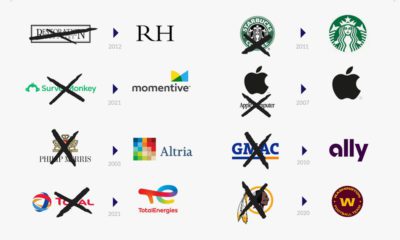Flying Under The Radar
Bank Executives Not Aware of Key Fintech Startups
The Chart of the Week is a weekly Visual Capitalist feature on Fridays. Mid-afternoon single malt scotch. Summers in the Hamptons. Six-digit bills for yacht maintenance. If you thought bankers live in a bubble, you are correct. Today’s chart is even further evidence: banks are unaware of the very products and services that are vying to pull the rug from under them. Fintech startups such as Square, The Lending Club, Nutmeg, and Betterment are taking the world by storm, but so far bank executives are unaware of their existence. A survey of 110 bank executives, ranging from directors to C-suite management, found that the majority of respondents do not know key fintech startups that are rapidly changing the banking landscape. First, the benchmark: 92% of execs knew about Paypal, one of the first real fintech companies to exist. Paypal was started in 1998, IPO’d in 2002, and then was subsequently bought out by Ebay for $1.5 billion. Last year, the company moved $228 billion in 26 currencies across more than 190 nations. Now, let’s take a look at some of the newcomers: The Lending Club has a $5 billion market capitalization, after debuting on the NYSE after a widely celebrated IPO in December 2014. It raised $870 million in the IPO, yet only 18% of banking execs know about the company and what it does. Square was co-founded in 2009 by Jack Dorsey, who was previously involved with starting a little-known company called Twitter. Square is an electronic payments service that was last valued at $6 billion in 2014, when it did its last raise of $150 million. Somehow only 15% of bank execs know about this company. Nutmeg is the company that bank execs know the most about. About 23% of respondents know of the company. Nutmeg is an online wealth management platform from the UK that last raised $32 million in 2014 at an undisclosed valuation. Betterment is another online financial adviser that was valued at between $400 million and $500 million in early 2015 with billions of assets under management. Roughly 73% of respondents had never heard of this fintech startup. This reminds us of the early days of file-sharing and eventually music streaming services on the internet. Music labels, which are almost all but gone of the way of the dinosaur, fought with legal threats, lobbying, legislation, and lawyers rather than by way of innovation. That may be the only way that the big banks can fight if it becomes too late.
on But fast forward to the end of last week, and SVB was shuttered by regulators after a panic-induced bank run. So, how exactly did this happen? We dig in below.
Road to a Bank Run
SVB and its customers generally thrived during the low interest rate era, but as rates rose, SVB found itself more exposed to risk than a typical bank. Even so, at the end of 2022, the bank’s balance sheet showed no cause for alarm.
As well, the bank was viewed positively in a number of places. Most Wall Street analyst ratings were overwhelmingly positive on the bank’s stock, and Forbes had just added the bank to its Financial All-Stars list. Outward signs of trouble emerged on Wednesday, March 8th, when SVB surprised investors with news that the bank needed to raise more than $2 billion to shore up its balance sheet. The reaction from prominent venture capitalists was not positive, with Coatue Management, Union Square Ventures, and Peter Thiel’s Founders Fund moving to limit exposure to the 40-year-old bank. The influence of these firms is believed to have added fuel to the fire, and a bank run ensued. Also influencing decision making was the fact that SVB had the highest percentage of uninsured domestic deposits of all big banks. These totaled nearly $152 billion, or about 97% of all deposits. By the end of the day, customers had tried to withdraw $42 billion in deposits.
What Triggered the SVB Collapse?
While the collapse of SVB took place over the course of 44 hours, its roots trace back to the early pandemic years. In 2021, U.S. venture capital-backed companies raised a record $330 billion—double the amount seen in 2020. At the time, interest rates were at rock-bottom levels to help buoy the economy. Matt Levine sums up the situation well: “When interest rates are low everywhere, a dollar in 20 years is about as good as a dollar today, so a startup whose business model is “we will lose money for a decade building artificial intelligence, and then rake in lots of money in the far future” sounds pretty good. When interest rates are higher, a dollar today is better than a dollar tomorrow, so investors want cash flows. When interest rates were low for a long time, and suddenly become high, all the money that was rushing to your customers is suddenly cut off.” Source: Pitchbook Why is this important? During this time, SVB received billions of dollars from these venture-backed clients. In one year alone, their deposits increased 100%. They took these funds and invested them in longer-term bonds. As a result, this created a dangerous trap as the company expected rates would remain low. During this time, SVB invested in bonds at the top of the market. As interest rates rose higher and bond prices declined, SVB started taking major losses on their long-term bond holdings.
Losses Fueling a Liquidity Crunch
When SVB reported its fourth quarter results in early 2023, Moody’s Investor Service, a credit rating agency took notice. In early March, it said that SVB was at high risk for a downgrade due to its significant unrealized losses. In response, SVB looked to sell $2 billion of its investments at a loss to help boost liquidity for its struggling balance sheet. Soon, more hedge funds and venture investors realized SVB could be on thin ice. Depositors withdrew funds in droves, spurring a liquidity squeeze and prompting California regulators and the FDIC to step in and shut down the bank.
What Happens Now?
While much of SVB’s activity was focused on the tech sector, the bank’s shocking collapse has rattled a financial sector that is already on edge.
The four biggest U.S. banks lost a combined $52 billion the day before the SVB collapse. On Friday, other banking stocks saw double-digit drops, including Signature Bank (-23%), First Republic (-15%), and Silvergate Capital (-11%).
Source: Morningstar Direct. *Represents March 9 data, trading halted on March 10.
When the dust settles, it’s hard to predict the ripple effects that will emerge from this dramatic event. For investors, the Secretary of the Treasury Janet Yellen announced confidence in the banking system remaining resilient, noting that regulators have the proper tools in response to the issue.
But others have seen trouble brewing as far back as 2020 (or earlier) when commercial banking assets were skyrocketing and banks were buying bonds when rates were low.














